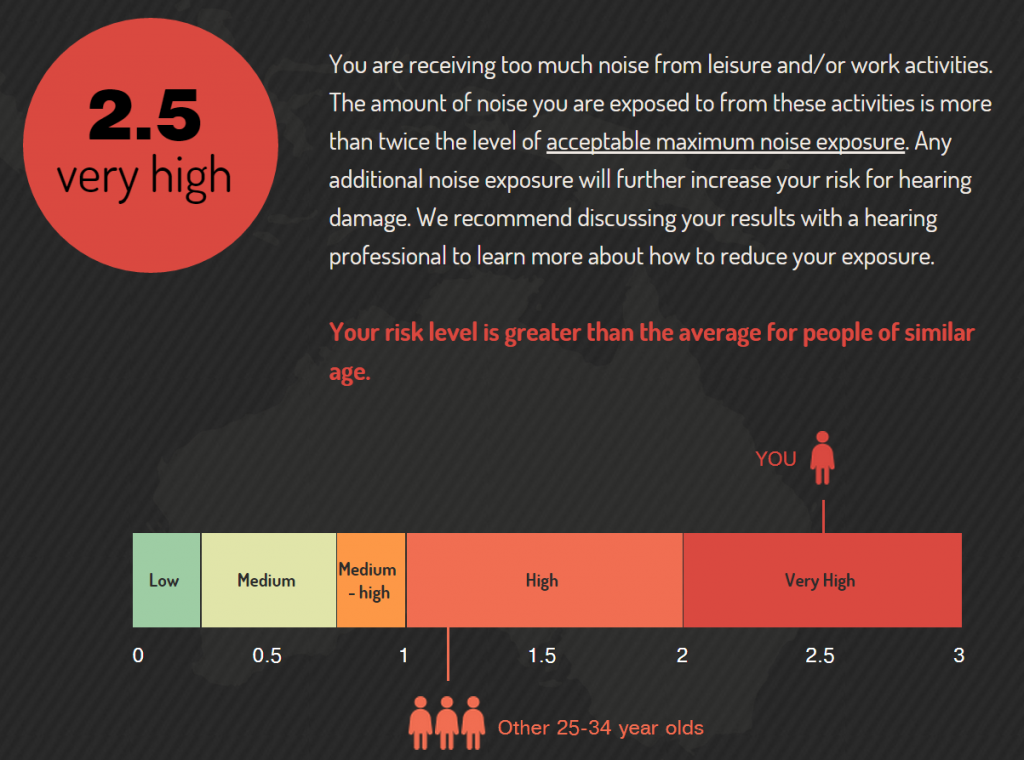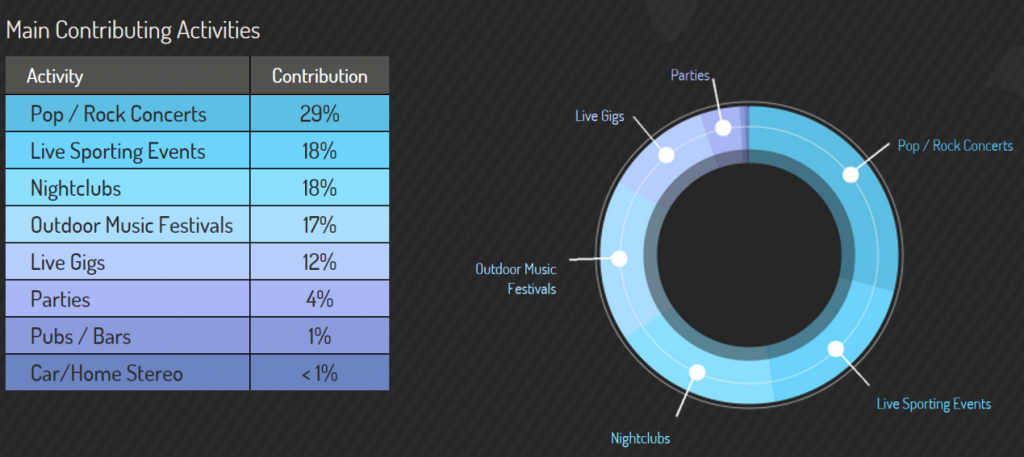New Australian Initiative Puts the Spotlight on Personal Leisure Noise Risk
An Australian initiative called HEARsmart™, led by the HEARing Cooperative Research Centre (CRC), is making more people aware of their dangerous leisure noise exposure and the actions they can take to avoid it.

Launched late in 2014, HEARsmart promotes smarter hearing habits through its two core messages: understand your risk from exposure to loud sounds and take action to prevent hearing damage.
Researchers working on HEARsmart have shown that young people, aged 18 to 35 years, have a greater risk of developing noise-induced hearing damage through their leisure activities. In order to reach out to the intended audience, the HEARsmart team worked closely with experienced web developers and other research groups such as the Young and Well CRC’s Youth Brains Trust, gathering direct feedback from the sector of the population being targeted.
The Know Your Noise (knowyournoise.nal.gov.au) campaign that resulted from these collaborations delivered an engaging website that allows individuals to assess their hearing and find out if their hearing habits are putting them at risk of developing noise-induced hearing loss. The site has been actively promoted across both traditional and social media platforms and during its first seven months online, more than 7,000 people have visited. Of these, around 4,000 individuals completed an onsite hearing test and 2,000 used the ‘Noise Risk Calculator’. The site is now being monitored and regularly updated, so it remains a key platform for any future campaigns to help young people better understand the hearing loss risks associated with leisure noise.
The Calculator is one of the key features of the website that visitors can use to become more aware of the main contributors to their individual hearing-loss risk. It makes use of the NOISE (Non-Occupational Incidents, Situations, and Events) online database (noisedb.nal.gov.au) developed by the National Acoustic Laboratories in Sydney. The database contains close to 900 noise measurements recorded at a wide range of different leisure activities over several years. The Noise Risk Calculator takes average noise levels from the NOISE database and uses the standard workplace noise exposure formula to estimate an individual’s risk according to information provided by the user:
- the type of leisure and work-based activities undertaken
- the frequency of exposure
- the duration of exposure.
The Noise Risk Calculator provides the user with a final risk rating that is low, medium, medium-high, high, or very high. Each risk profile is presented in line with the average risk level for the individual’s age bracket. These comparative risk levels are shown graphically to give the user a clear picture of whether their lifestyle is more or less risky than that of their peers, see Figure 1.

Figure 1. Screenshot of comparative risk results for a user with a ‘very high’ risk rating. The comparative dataset was compiled from a 2012 citizen science project called Sound Check Australia, undertaken with ABC Science (www.soundcheckaustralia.net.au). Almost 10,000 people took part in this original survey, and the dataset is being kept up-to-date with information added to the Noise Risk Calculator (only where permission is granted).

Figure 2. Wheel chart showing which activities contribute the most to a user’s risk profile.
The user can also view a breakdown of how their different activities contribute to their risk profile, see Figure 2. The tool allows the user to revise their inputs (the activities undertaken, how often and for how long) to better understand how changes in behavior might alter their risk of noise-related hearing damage.
If you would like to know more about the Noise Risk Calculator or the Know Your Noise Campaign, visit: knowyournoise.nal.gov.au. To stay in touch with HEARsmart go to www.hearsmart.org and start following them on Twitter and Facebook.

